No products in the cart.
Sale
Lixisenatide (Leu-13C6,15N) TFA | CAS 320367-13-3 | Stable Isotope-Labeled GLP-1 Receptor Agonist for Inflammation, Metabolic, Neurological, and Cardiovascular Research
Original price was: $42.00.$28.00Current price is: $28.00.
Lixisenatide (Leu-13C6,15N) TFA is a stable isotope-labeled GLP-1 receptor agonist that modulates inflammation, oxidative stress, mitochondrial function, and apoptosis. It is widely used in research on metabolic, neurological, cardiovascular, and inflammatory diseases.
Description
Product Description
Lixisenatide (Leu-13C6,15N) TFA is a synthetic, stable isotope-labeled GLP-1 receptor agonist, derived from the native Lixisenatide peptide sequence with ^13C6 and ^15N incorporated at the leucine residue. This labeling allows researchers to track peptide distribution, metabolism, and pharmacokinetics in various experimental systems while retaining full biological activity.
Biological Functions
Lixisenatide exerts multiple therapeutic-relevant effects through GLP-1 receptor activation:
Anti-inflammatory activity: Downregulates pro-inflammatory cytokines such as TNF-α, IL-6, and IL-1β.
Metabolic regulation: Enhances insulin secretion, improves glucose homeostasis, and reduces hyperglycemia.
Cardiovascular protection: Suppresses oxidative stress and vascular inflammation, improving endothelial function.
Neurological support: Reduces mitochondrial dysfunction, oxidative damage, and neuronal apoptosis, relevant to Alzheimer’s and other neurodegenerative disorders.
Research Applications
Lixisenatide (Leu-13C6,15N) TFA is widely used in preclinical and experimental studies including:
Inflammatory disease models (e.g., rheumatoid arthritis)
Metabolic disorders (e.g., type 2 diabetes, obesity, insulin resistance)
Neurological disease models (e.g., Alzheimer’s, Parkinson’s)
Cardiovascular research (e.g., atherosclerosis, endothelial dysfunction)
Pharmacokinetic and metabolic tracing using stable isotope labeling
Its dual function as both a biologically active GLP-1R agonist and a traceable isotope-labeled compound makes it uniquely valuable for mechanistic studies of peptide distribution, receptor engagement, and intracellular signaling.
Mechanistic Insights
Lixisenatide exerts its effects primarily through GLP-1 receptor-mediated signaling:
Inhibition of pro-inflammatory pathways: Suppresses NF-κB and MAPK signaling, leading to reduced cytokine expression.
Akt-MEK1/2 pathway modulation: Suppresses downstream signaling involved in apoptosis and inflammation.
Mitochondrial protection: Reduces oxidative stress, stabilizes mitochondrial membrane potential, and prevents cytochrome c release.
Cell survival and anti-apoptosis: Promotes Bcl-2/Bax ratio shift and inhibits caspase-3 activation.
Experimental Handling
Lyophilized powder, soluble in water, PBS, and DMSO.
Stable isotope labeling does not alter biological activity.
Store at −20 °C, protected from light and moisture.
Avoid repeated freeze-thaw cycles to preserve activity.
Product Specifications
| Parameter | Specification |
|---|---|
| Product Name | Lixisenatide (Leu-13C6,15N) TFA |
| CAS Number | 320367-13-3 |
| Synonyms | Lixisenatide stable isotope-labeled, GLP-1 receptor agonist, Leu-13C6,15N Lixisenatide |
| Molecular Formula | C₁₉₀H₃₂₄N₅₄O₅₅ • TFA |
| Molecular Weight | ~4050 g/mol |
| Purity | ≥99% |
| Appearance | White to off-white lyophilized powder |
| Solubility | Soluble in water, PBS, DMSO |
| Storage Conditions | −20 °C, desiccated, light-protected |
| Applications | Inflammation, metabolic disease, neurological disease, cardiovascular research, stable isotope tracing, GLP-1R agonism studies |
Mechanism of Action
Lixisenatide (Leu-13C6,15N) TFA functions as a GLP-1 receptor agonist:
1. GLP-1R Activation
Binds to GLP-1 receptor on target cells, activating adenylate cyclase, increasing cAMP, and stimulating downstream pathways for insulin secretion, cell survival, and anti-inflammatory effects.
2. Anti-Inflammatory Signaling
Suppresses pro-inflammatory transcription factors (NF-κB, AP-1) and reduces cytokine production, mitigating tissue inflammation and immune-mediated damage.
3. Akt-MEK1/2 Pathway Modulation
Downregulates Akt-MEK1/2 signaling, reducing apoptosis and oxidative stress while enhancing cell survival in neuronal, endothelial, and pancreatic cells.
4. Mitochondrial Protection
Stabilizes mitochondrial membrane potential, reduces reactive oxygen species (ROS) generation, and prevents apoptosis via inhibition of caspase cascade.
5. Isotope Labeling Utility
^13C6 and ^15N labeling allows quantitative tracing in metabolic, pharmacokinetic, and tissue distribution studies without affecting peptide activity. Researchers can monitor in vivo degradation, incorporation, and receptor engagement.
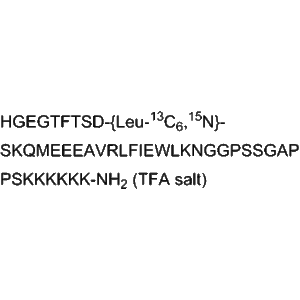
Side Effects
In research settings, Lixisenatide (Leu-13C6,15N) TFA demonstrates:
Low cytotoxicity at standard experimental doses
Dose-dependent modulation of glucose and insulin in vitro
No genotoxic or mutagenic activity reported
Safe handling recommended in compliance with biosafety protocols
Keywords
Lixisenatide (Leu-13C6,15N) TFA, GLP-1 receptor agonist, stable isotope-labeled peptide, inflammation research, metabolic disease, diabetes research, neurological disease, Alzheimer’s, cardiovascular disease, mitochondrial protection, Akt-MEK1/2 inhibition
Shipping Guarantee
All shipments are handled using validated cold-chain logistics to preserve peptide integrity. Each package is sealed in moisture-proof containers with secondary protective wrapping and continuous temperature monitoring. Products are shipped via express international couriers with full tracking and insurance coverage.
Trade Assurance
We ensure product authenticity, verified ≥99% purity, and compliance with analytical standards (HPLC, MS, and NMR). Each batch is supplied with a Certificate of Analysis (CoA). Our trade assurance policy guarantees replacement or refund for any deviation from listed specifications.
Payment Support
We provide flexible and secure global payment options to support international research transactions. Accepted payment methods include PayPal, major credit cards (Visa, MasterCard, American Express), telegraphic transfer (T/T), and cryptocurrencies (USDT, Bitcoin, Ethereum). All transactions are protected by industry-standard encryption and verified payment gateways to ensure confidentiality and fund security.
Disclaimer
All products listed are intended for laboratory research use only and not for human or veterinary use. They are not drugs, medical devices, or diagnostics and should not be administered to humans or animals. Researchers must handle all materials in accordance with institutional biosafety and chemical safety guidelines. The information provided is for scientific reference only and does not imply therapeutic efficacy, safety, or regulatory approval.
Additional information
| Weight | 0.8 kg |
|---|---|
| Dimensions | 63 × 52 × 63 cm |
What is Lixisenatide (Leu-13C6,15N) TFA?
A stable isotope-labeled GLP-1 receptor agonist used in inflammation, metabolic, neurological, and cardiovascular research.
What is the CAS number?
CAS 320367-13-3.
How does it work?
Activates GLP-1 receptor to regulate insulin secretion, inhibit inflammatory cytokines, protect mitochondria, and reduce apoptosis.
What is its purity?
Verified ≥99%.
What are its applications?
Research on diabetes, rheumatoid arthritis, Alzheimer’s, atherosclerosis, mitochondrial dysfunction, and pharmacokinetic tracing.
Is it toxic?
Low cytotoxicity in standard research doses; biological activity is primarily GLP-1R-mediated.
How should it be stored?
−20 °C, desiccated, light-protected.
Is it soluble?
Soluble in water, PBS, and DMSO.
Can it be used therapeutically?
No, strictly for laboratory research use only.
Is analytical documentation available?
Yes, supplied with a Certificate of Analysis confirming identity, purity, and isotope labeling.

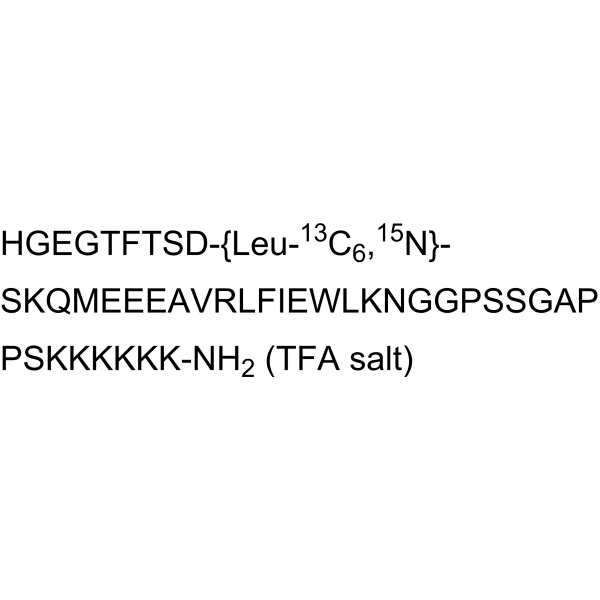

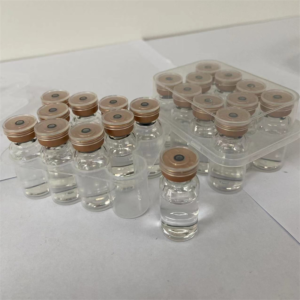
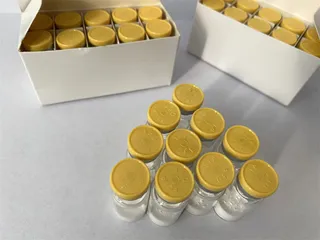
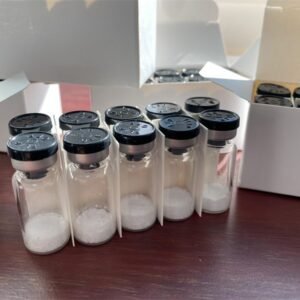
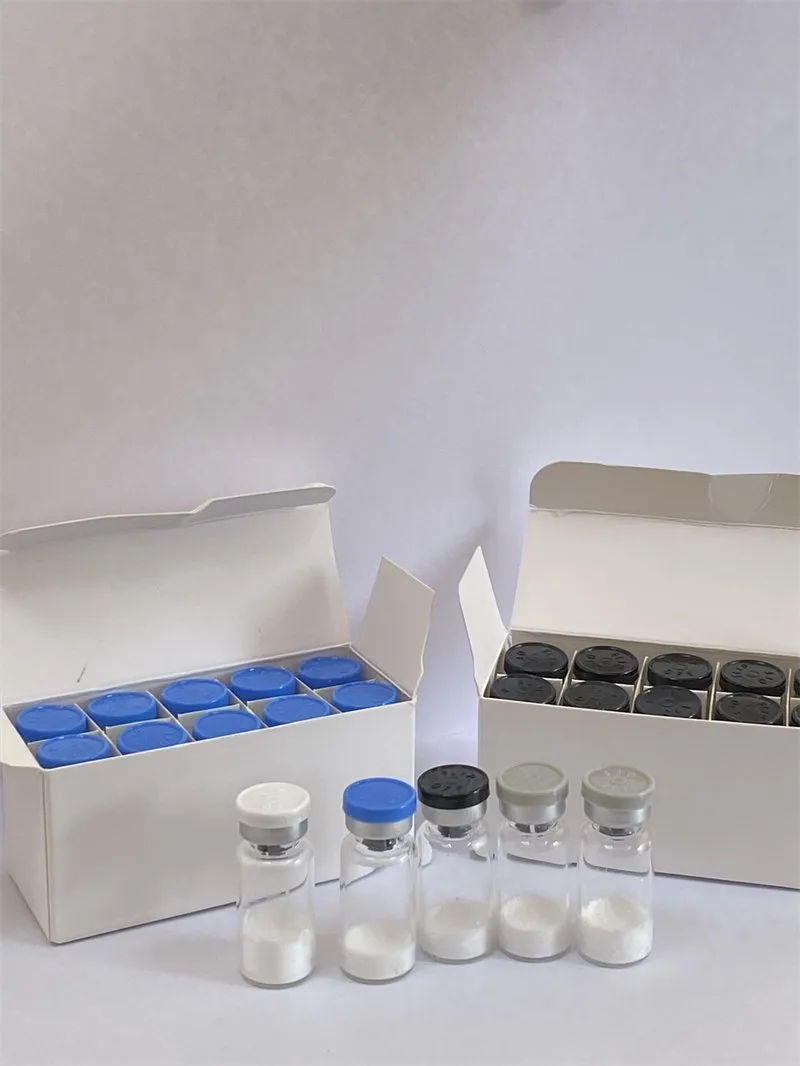

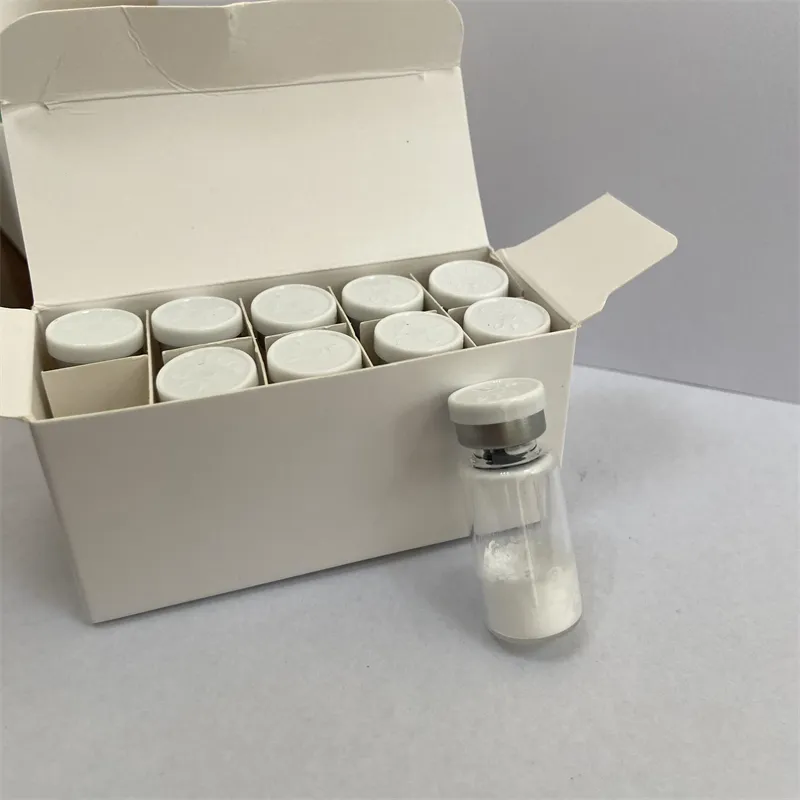
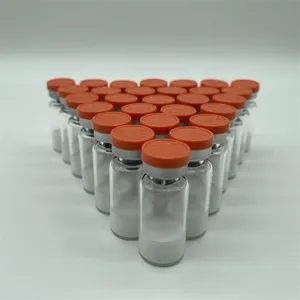
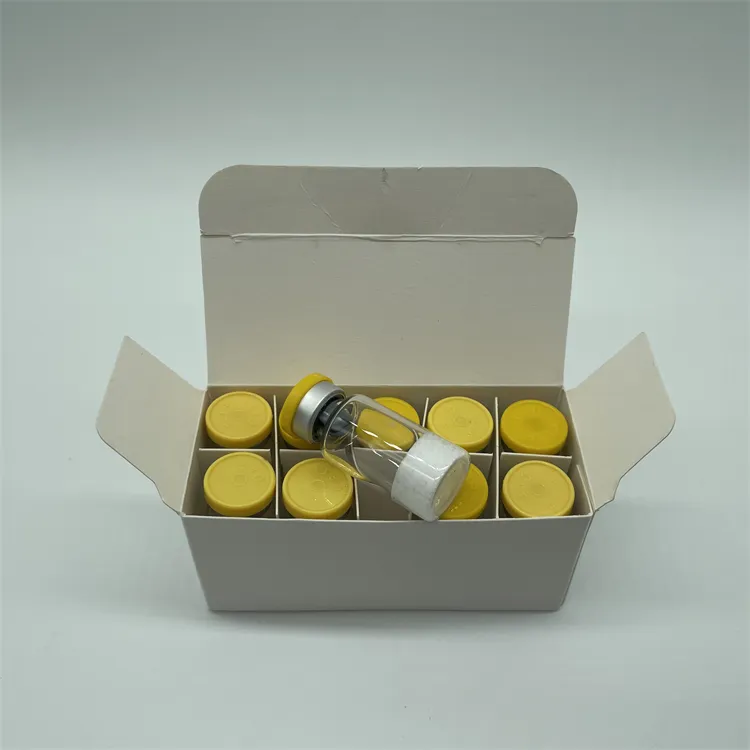
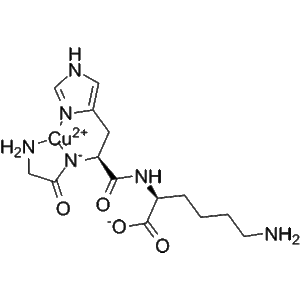
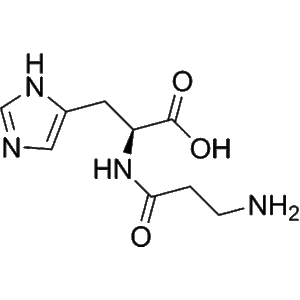
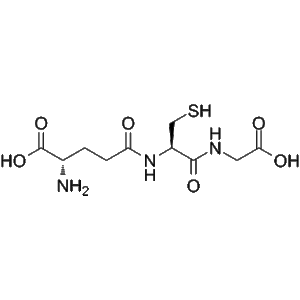
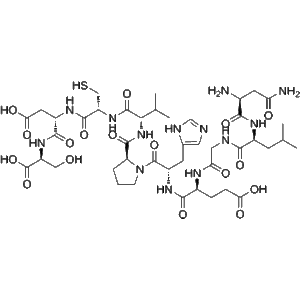
Reviews
There are no reviews yet.